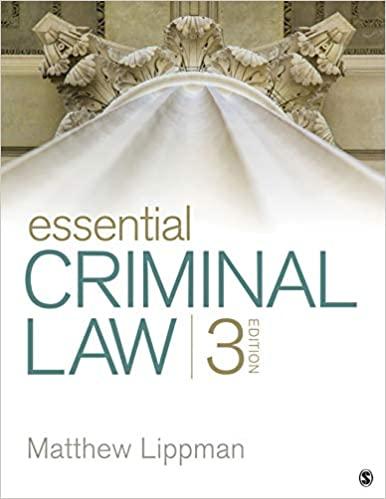Question
n employee was subjected to severe national origin and religious harassment over a period of at least three years. The harassment included numerous death threats,
n employee was subjected to severe national origin and religious harassment over a period of at least three years. The harassment included numerous death threats, vandalism, and workplace graffiti. The employee made many complaints to company officials, but the perpetrator(s) were never identified and disciplined. Actions taken by the employer (a large automaker) included holding two plant meetings with employees, compiling a list of suspects, analyzing plant entry and exit data, hiring a forensic document examiner to analyze the handwriting in graffiti and offensive notes, developing a protocol for handling incidents regarding this employee, increasing security walkthroughs, and conducting additional diversity training. The employer declined to interview the individuals on the suspect list or (as suggested by the police) install surveillance cameras. A jury found the employer liable for harassment, and the trial court awarded the maximum punitive damages allowable under Title VII ($300,000) to the plaintiff.
Was the award of punitive damages appropriate in this case?Why or why not?
Step by Step Solution
There are 3 Steps involved in it
Step: 1

Get Instant Access to Expert-Tailored Solutions
See step-by-step solutions with expert insights and AI powered tools for academic success
Step: 2

Step: 3

Ace Your Homework with AI
Get the answers you need in no time with our AI-driven, step-by-step assistance
Get Started


